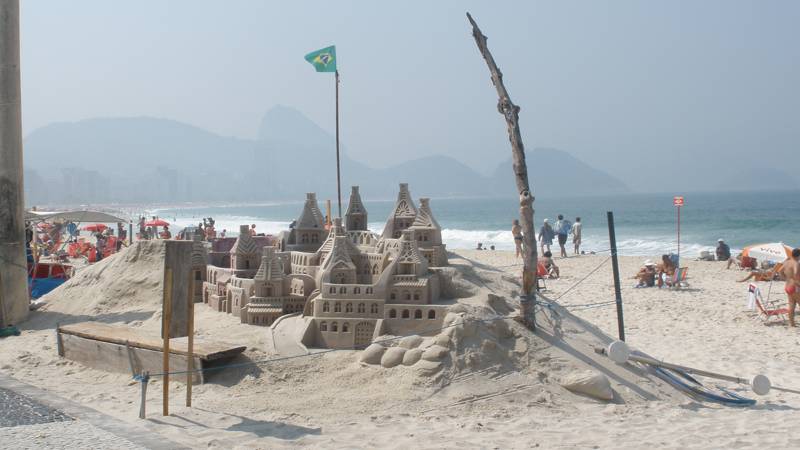
I had long wanted to go to Brazil, which occupies half of Latin America. It ranks in the world’s top ten countries, both in land mass and in population. Finally, that day arrived.
We boarded our flight in San Francisco, connected in Newark, New Jersey and arrived in Sao Paulo the next day. The journey had tired us out. The eccentric taxi ride to our hotel reminded me of the traffic in Boston or New York.
After checking in, we went out for a walk to decompress. A park that lay on the other side of the road was the destination. Because of the jet lag, we miscalculated the time to cross the eight lanes. The light turned red while we were in the sixth lane. A bus almost ran over us. We survived.
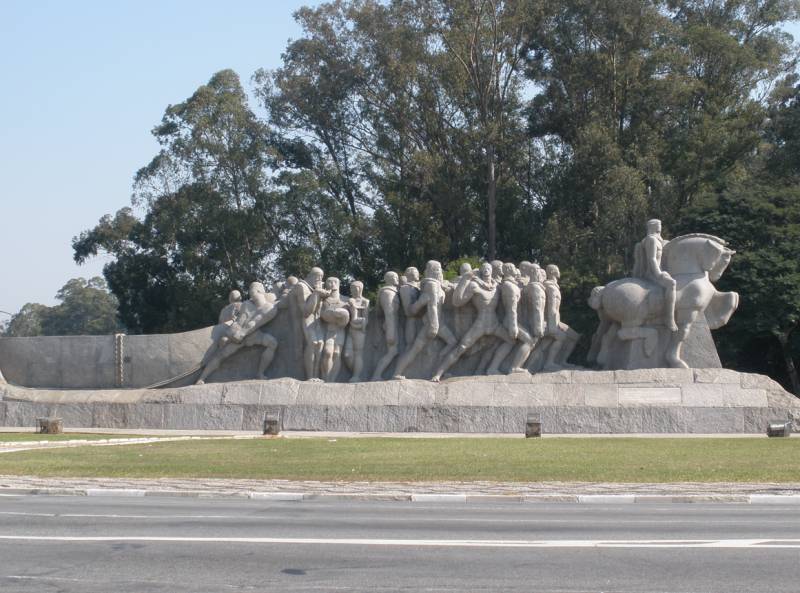
Our adventure had begun. The next day, I gave a talk about electricity pricing. I spoke in English. It was translated live into Portuguese for those wearing headsets, which was just about everyone in the packed auditorium.
When the boat took us under the falls, and the force of the water hit us, I finally understood why Eleanor Roosevelt, when visiting the same location, had remarked: “Poor Niagara”
Later, I stepped out to join my wife for lunch. A reporter followed me and asked a question in Portuguese. I was clueless. So, he looked at my wife and asked her a question. Somehow, she understood him and said “He’s asking for your business card.” I complied. In broken English. He thanked me for marrying a Brazilian. That was news to both of us.
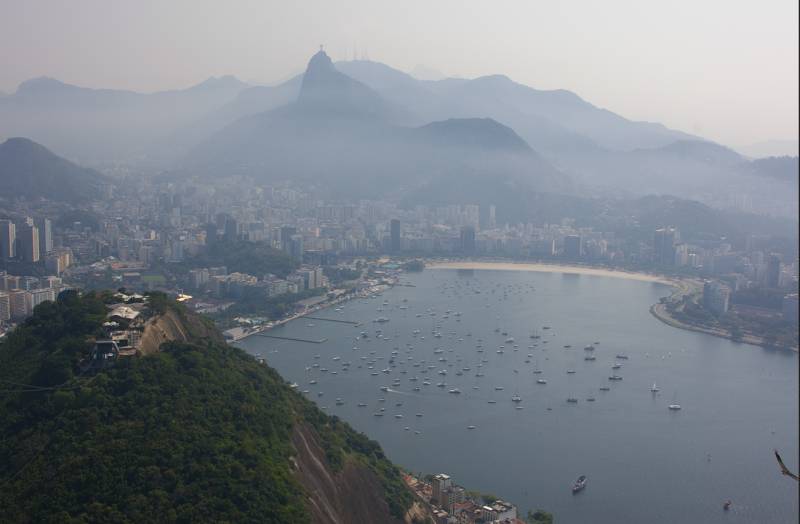
Walking in Rua Augusta one lazy afternoon, I felt my heart jump to my throat. Fifty yards ahead of me, there was a severed human head on the edge of the sidewalk. My mind refused to accept the image. Maybe it was an animal’s head. But relief replaced horror as I got closer and saw the rest of the body. It had been obscured by a traffic sign. Thankfully, the man was alive but lying face down, handcuffed in brass with arms stretched backwards. Two policemen were standing guard on either side. From the neighbouring buildings, just about everyone was peering through the curtains, as if watching a circus or a parade. It was a grim reminder of the headlines I had checked before leaving home.
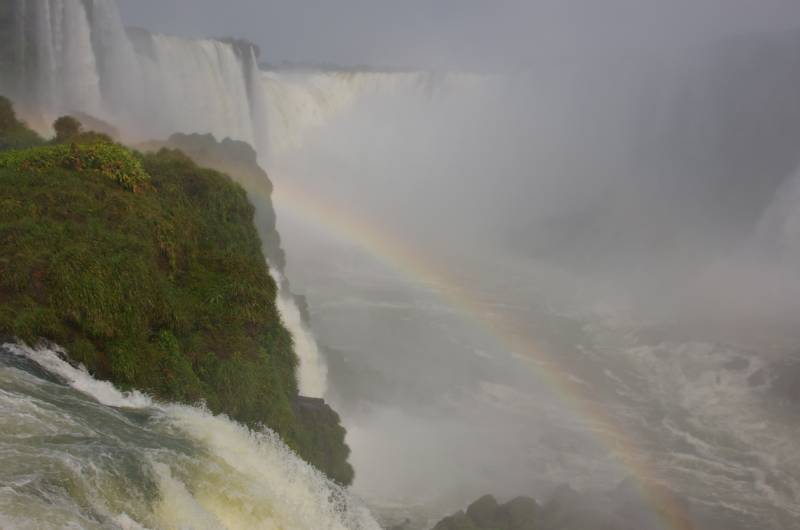
But there is a lot more to Brazil than urban crime. The Mercado Municipal has an authentic collection of old-style food shops and restaurants. Ibirapuera Park is the city’s answer to New York’s Central Park. Besides leafy pathways and bikeways and lagoons, it also houses two art museums, and a saucer-shaped auditorium designed by Oscar Niemeyer.
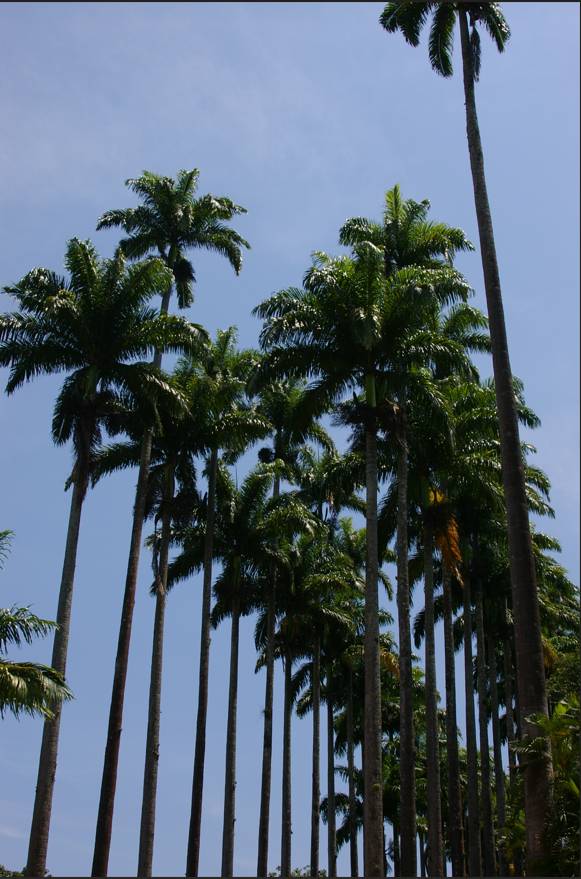
After a few days, we flew off to Iguacu to see the largest waterfalls in the world. The language barrier appeared once again as we checked in. The room service menu was in Portuguese. I called the restaurant and requested a vegetarian meal. He kept repeating “legumes,” so we decided to go downstairs and sample the buffet. We knew what the food was. The barrier was lifted.
More than 200 years have elapsed since the Portuguese left Brazil, but their legacy is very much still there, just as that the British legacy is very much still there in South Asia 77 years later.
The next day, we ventured upstream in a small Zodiac boat to view the falls, which straddle the borders of Argentina and Paraguay. When the boat took us under the falls, and the force of the water hit us, I finally understood why Eleanor Roosevelt, when visiting the same location, had remarked: “Poor Niagara.”
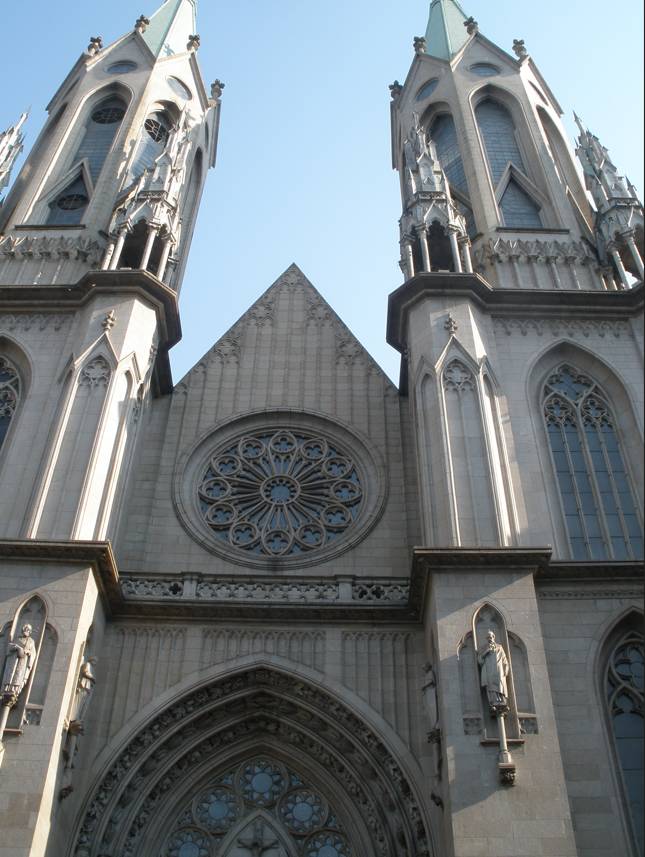
After touring the falls, we flew off to Rio. Our hotel was at Leblon Beach. From our window on the 14th floor, there was a captivating view of the beach in one direction and a depressing view of the poverty-infested favelas in the other direction. As in most developing countries, the juxtaposition of the Haves and Have-Nots was stark.
Leblon Beach runs into Ipanema Beach, which is evoked in that song about the girl in Ipanema. That beach runs into the iconic Copacabana Beach, made famous in the song by Barry Manilow. It is also the site of the Palace, the grand dame of hotels in the metropolis.
Walking alongside the white sands, we spotted a car sporting the Muslim declaration of faith. The kalima was printed in bold black Arabic across the rear windshield. I learned that there was a large Arab presence in Brazil. Around nine million people, ie 5% of the population, are of Lebanese or Syrian descent.
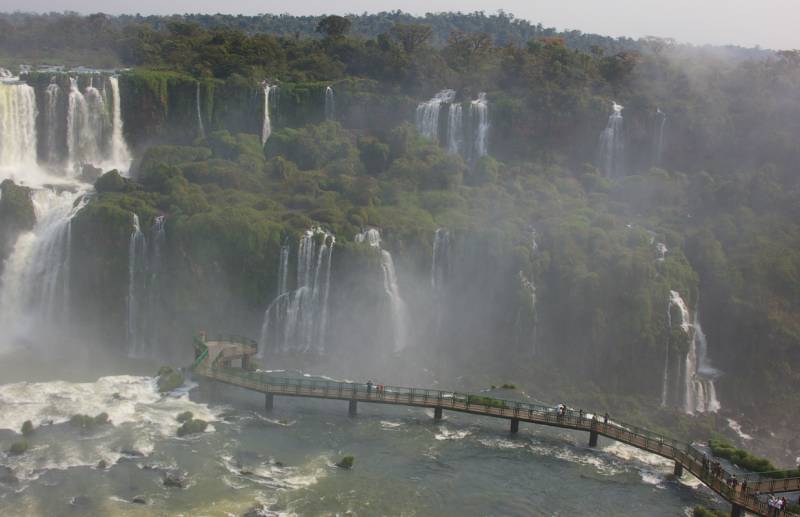
Rio is home to Jardim Botanica, one of the world’s biggest botanical gardens, which features a lake that is decorated with humongous lily pads, reminiscent of Amazonian flora. Small turtles climb slowly out of the water to laze under the sun, while black monkeys with curvy tails emerge from the bushes.
Brazil is a country full of churches and cathedrals, usually in a blend of Byzantine and German Gothic styles. Festive revellers in various stages of undress dance on the evenings of the Grand Carnival around the statue of Christ the Redeemer, towering over the city of Rio with its arms outstretched.
Intrigued by the intermingling and seemingly contradictory cultural influences at work in Brazil, I asked our tour guide as to how the conservative Catholic culture blended with the hedonism on display. How on earth do thongs and theology manage to coexist? He explained that it is rooted in Brazil’s colonial history.
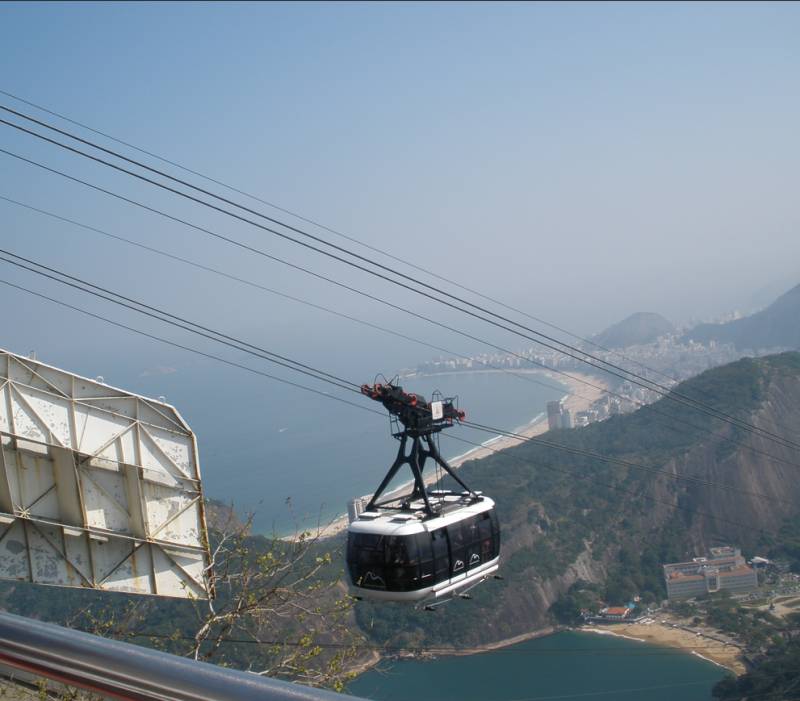
When the Portuguese colonized Brazil, they observed that the natives wore little clothing and concluded that it was a smart way to dress, given the region’s hot and humid climate. “So, what we see now,” the tour guide said, “is simply the assimilation of local habits into Portuguese culture.”
As our plane for the US lifted off the runway, I could not help but wonder: Why does Brazil not rank among the world’s top ten tourist destinations? It’s a pity. Those who have not travelled here don’t know what they have missed.

